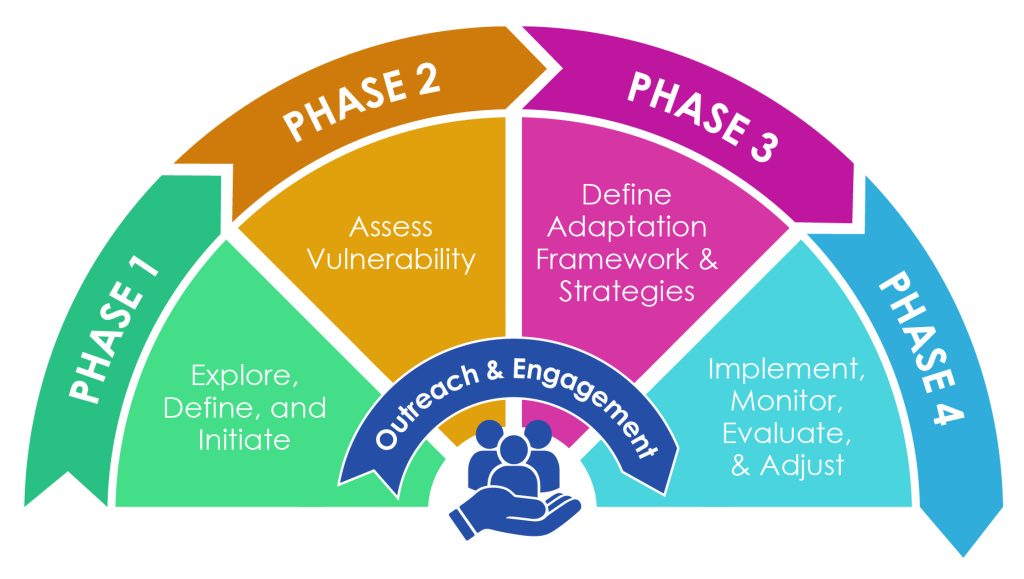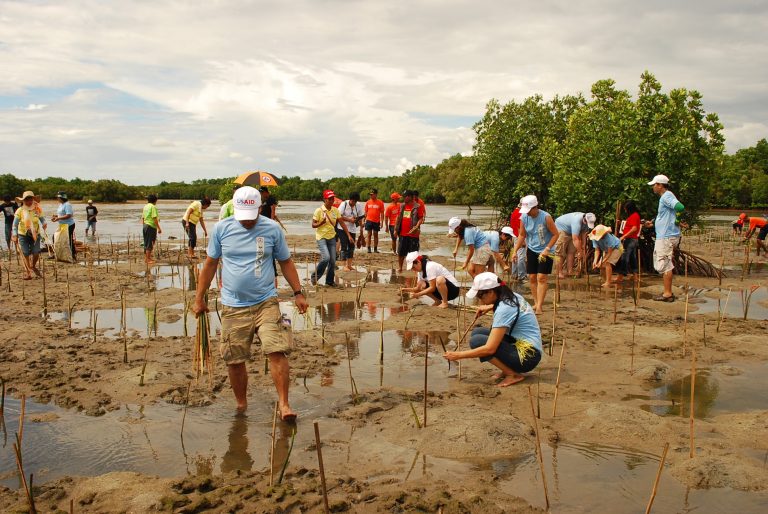Climate Adaptation Strategies for Communities

Climate change is an undeniable reality that affects communities worldwide. As our environment continues to evolve, it becomes crucial for communities to adapt and mitigate its adverse impacts. This article will explore essential climate adaptation strategies that communities can employ to safeguard their well-being and the environment.
Understanding the Importance of Climate Adaptation
Before delving into specific strategies, it’s vital to grasp why climate adaptation is imperative. The Earth’s climate is changing at an unprecedented rate due to human activities, primarily the emission of greenhouse gases. These changes lead to rising temperatures, extreme weather events, sea-level rise, and ecosystem disruptions. Communities that must adapt to these changes face increased risks to their infrastructure, economies, and overall quality of life.
Sustainable Urban Planning
Sustainable urban planning is a cornerstone of effective climate adaptation. Communities should prioritize compact, walkable, and well-connected urban areas that reduce the reliance on cars. This approach not only decreases carbon emissions but also enhances resilience in the face of extreme weather events. Green infrastructure, such as parks and green roofs, can also be integrated to absorb excess rainwater and provide cooling effects.
Enhancing Infrastructure Resilience
Communities must invest in enhancing the resilience of critical infrastructure. This includes upgrading stormwater drainage systems, reinforcing bridges and buildings to withstand extreme weather, and improving flood protection measures. Infrastructure investments should consider long-term climate projections to ensure durability and cost-effectiveness.
Promoting Renewable Energy Sources
Transitioning to renewable energy sources, such as solar and wind power, is a key climate adaptation strategy. By reducing reliance on fossil fuels, communities can lower their carbon footprint and become more energy-independent. Incentives and policies encouraging renewable energy adoption can significantly contribute to sustainable adaptation efforts.

Building Community Resilience
Building resilience at the community level is essential for climate adaptation. Communities should foster a sense of unity and cooperation among residents to support one another during crises. Establishing community-based early warning systems and emergency preparedness plans can save lives and reduce the impact of extreme weather events.
Protecting Natural Ecosystems
Preserving and restoring natural ecosystems, such as wetlands, forests, and coastal habitats, is crucial for climate adaptation. These ecosystems provide essential services like flood control, carbon sequestration, and habitat for wildlife. Communities should prioritize conservation efforts to ensure the long-term health of these vital ecosystems.
Education and Awareness
Educating residents about climate change and adaptation strategies is paramount. Awareness campaigns and educational programs can empower individuals to make informed decisions and take action to reduce their carbon footprint. Engaging the community in climate-related discussions and initiatives fosters a sense of responsibility and ownership.
Government and Policy Support
Governments at all levels play a pivotal role in climate adaptation. They should develop and implement policies that incentivize sustainable practices, regulate emissions, and allocate resources for adaptation efforts. Collaboration between government agencies, communities, and businesses is essential to create effective and comprehensive climate adaptation strategies.
Conclusion
In conclusion, climate adaptation is not an option but a necessity for communities worldwide. By implementing these strategies, communities can reduce their vulnerability to climate change and create more sustainable and resilient environments. The time to act is now, as every step taken today will contribute to a better and more secure future for future generations.







+ There are no comments
Add yours